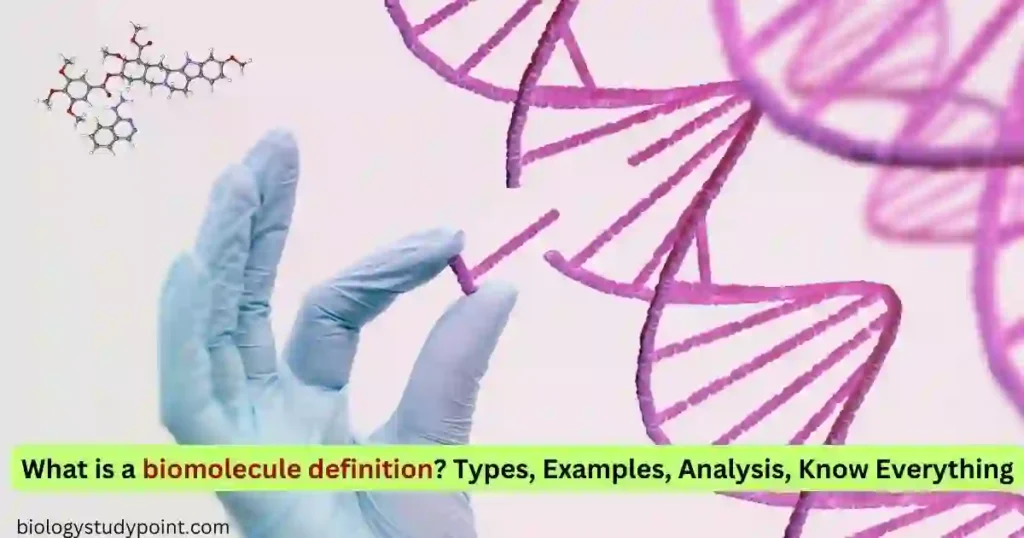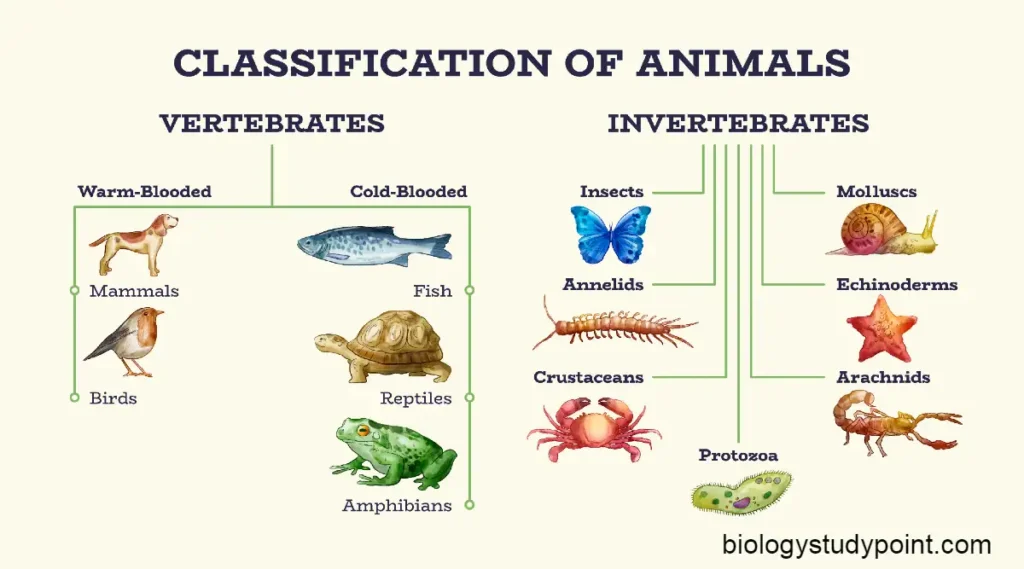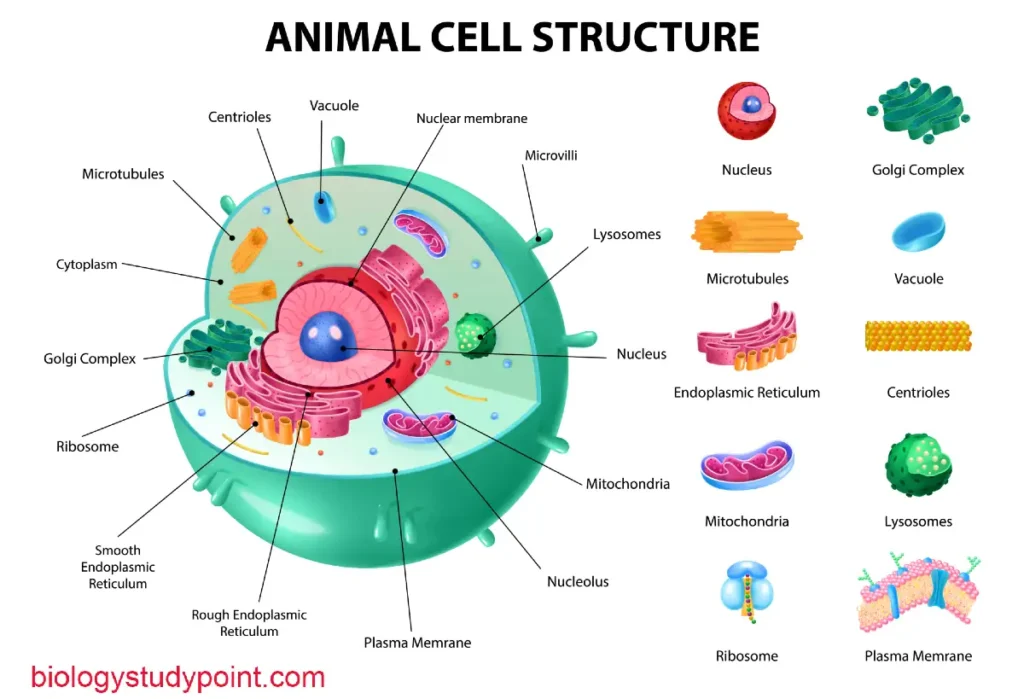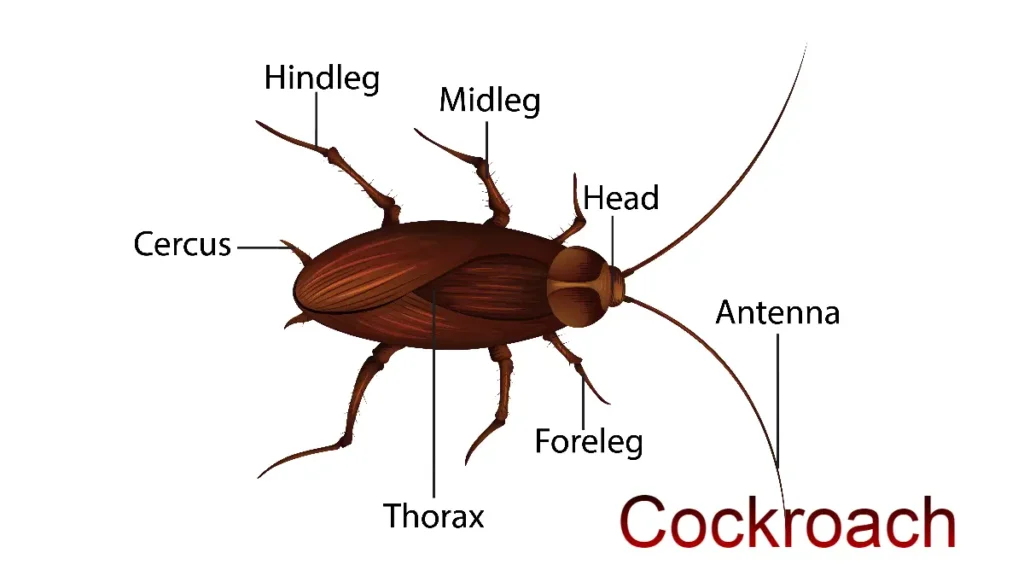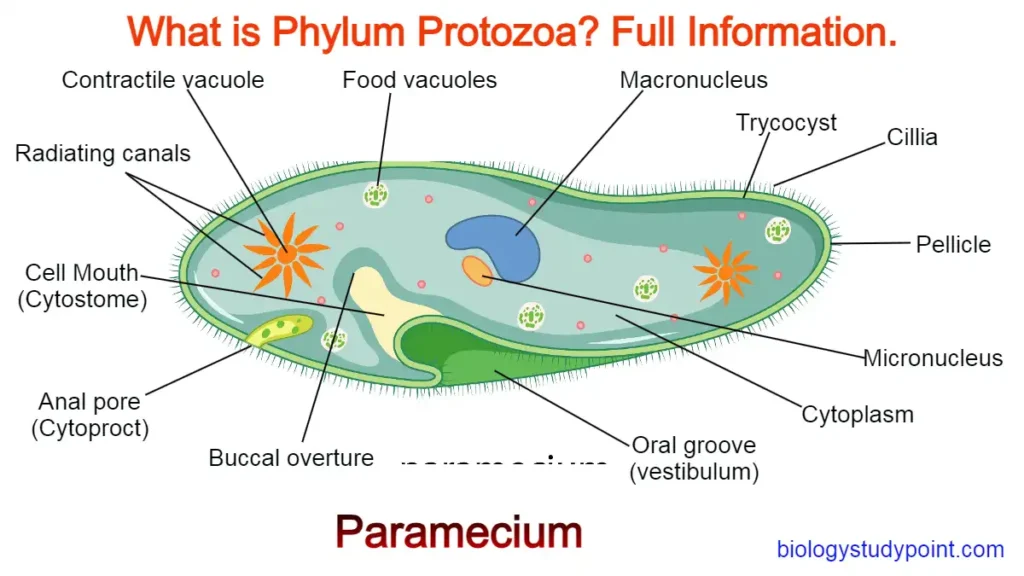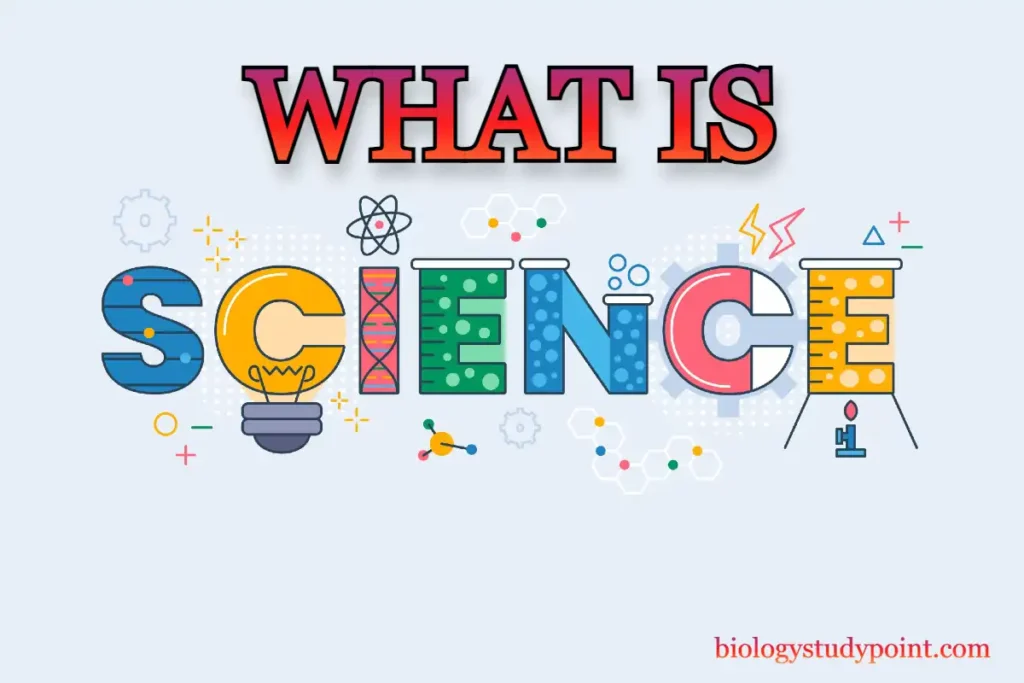Friends, do you want to know what is a biomolecule definition? If yes, then this article is just for you because, in this article, we will learn about its definition, types, analysis, and examples. Read it from start to finish; you will enjoy it a lot, so let’s start without wasting time.
What is a biomolecule definition?
Any organic substances found inside a living cell are called biomolecules. Or, organic substances found within a living organism or cell in the form of molecules are called biomolecules.
Different organisms are found in this biosphere, and all organisms are made up of elements that combine to form compounds. All organisms have different elements inside them, but when we compare living with non-living matter, we realize that the elements are present there too.
Elements are present in the human body and the environment. Particularly when we talk about carbon and hydrogen, their quantity is more in the environment than in the human body. This fact is mentioned in our NCERT book.
Secondly, we mentioned that there are four elements in the human body. Hydrogen, carbon, oxygen, and nitrogen. Which element is the most abundant among them? So, oxygen (O2) is the most abundant, carbon (C) is second, nitrogen (N) is third, and hydrogen (H) is fourth. Remember this sequence.
Chemicals are found in our bodies, in plant bodies, in animal bodies, in bacteria bodies, etc. Let’s find out what kind of chemicals are found.
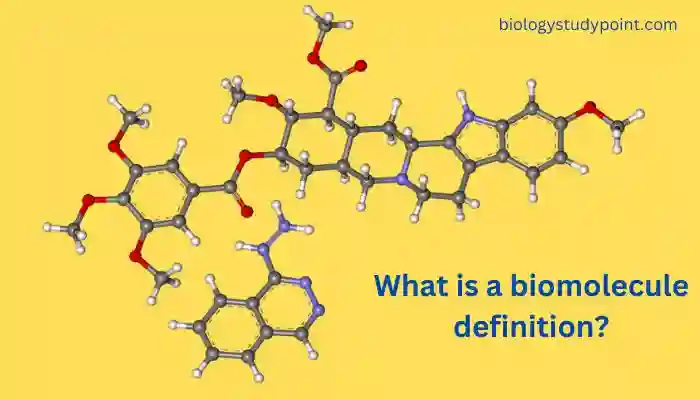
Talking about the human body or any living organism, there are two types of substances inside them.
- Organic Substances
- Inorganic Substances
What are organic substances?
Substances in which carbon-hydrogen bonds are found are called organic substances.
Organic substances are of two types.
- Small or Micro-Organic Substances
- Large or Macro-Organic Substances
What are small organic substances called?
Substances whose molecular weight is less than 1000 Daltons are called small organic substances. These are also called small biomolecules or small molecules.
For example – amino acids
What are large or macro-organic substances called?
Substances whose molecular weight is more than 1000 Daltons are called large organic substances. These are also called large biomolecules or macromolecules.
For example – proteins.
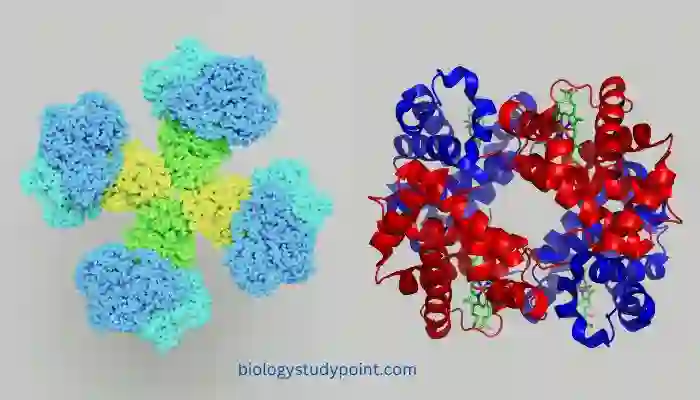
What are inorganic substances?
Those substances in which carbon-hydrogen bonds are not found are called inorganic substances. They can be in the form of ions or compounds. For example – water, sodium chloride, calcium carbonate, sodium ion, calcium, etc.
Now you must be wondering how we discovered that amino acids have a small molecular weight and proteins have a large molecular weight. So, to find this out, we will do a chemical analysis.
Chemical Analysis
In this, we take a tissue of an organism and then crush it in a mortar and pestle with trichloroacetic acid. After crushing, it forms a paste called slurry, then we put this paste in a cloth bag and squeeze it.
After doing this, we get two substances. One is the one that dissolves in acid and comes down when filtered, which is called soluble, and the other is the one that doesn’t dissolve in acid and remains in the cloth, which is called insoluble. Now you can understand that the substance coming down from the cloth will have less molecular weight, and the substance not coming down will have more molecular weight because there were many pores in the cloth.
The one coming down contains small molecules. Along with organic substances, inorganic substances are also present because they do not make compounds easily, so their molecular weight is not large, and they dissolve in acid. Large molecules are big and do not dissolve in acid, so they do not come down.
In organic substances, we find amino acids, nucleotides, fatty acids, etc. These are small molecules, and these small molecules combine to form large molecules like proteins, DNA, RNA, etc.
So far, we have analyzed organic substances; now we will analyze inorganic substances.
First, we take a tissue of any organism, let’s take a green leaf. In this green leaf, we find both organic and inorganic substances. In organic substances, there are small and large molecules, and in inorganic substances, there are water, minerals, ions, salts, etc. First, we weigh this green leaf, and this weight is called wet weight. Then we dry this leaf in the sun, and when it dries, water comes out of it. Then we weigh this leaf, and this weight is called dry weight.
Now we burn this dry leaf, after burning, organic substances inside it will burn, but inorganic substances will not burn, such as minerals, salts, ions, etc. After burning, the remaining material is called ash. In this ash, we find inorganic elements like calcium, magnesium, etc., and inorganic compounds like phosphate, sulfate, etc.
What are primary and secondary metabolites?
Let’s first understand what metabolism is. All the chemical reactions that occur within us are called metabolism or metabolic reactions. These metabolic reactions produce substances in the body.
Now, let’s imagine I’m a tree and inside me, some substances are being produced that I use. For example, starch, which a plant stores as food and later uses. Not only this, it utilizes products like protein, carbohydrates, nucleic acids, fats, etc. But some substances are also produced that have no use yet they are made. I mentioned two types of such products; one is directly used, and the other is not used directly, known as primary metabolites. For instance, amino acids, sugars, etc.
However, some substances are also produced inside a plant or organism that have no use. Now you might be wondering why they are made if there’s no use. See, when a chemical reaction occurs, a final product is produced that is needed, but along with it, some other products are also formed that are not needed, known as side products.
Similarly, when a product is being made, along with it, some other products are also formed that are not useful. These substances are called secondary metabolites. For example, alkaloids, flavonoids, antibiotics, pigments, gums, volatile oils, perfumes, spices, rubber, etc. These products have no use for plants but we use them.
Which organic substance is found most inside a cell?
Protein > Nucleic acids > Carbohydrates > Lipids. Inside a cell, the most abundant organic substance is protein (10-15%), followed by nucleic acids (5-7%), then carbohydrates (3%), and finally lipids (2%).
Which inorganic substance is most abundant inside a cell?
Inside a cell, the most abundant inorganic substance is water (70-90%).
Conclusion
Friends, I hope you liked the information given in this article about what is a biomolecule definition. And found it helpful. If you liked this article, share it with your friends on Facebook and WhatsApp groups, and if you have any suggestions related to this article, please let us know by commenting.”
